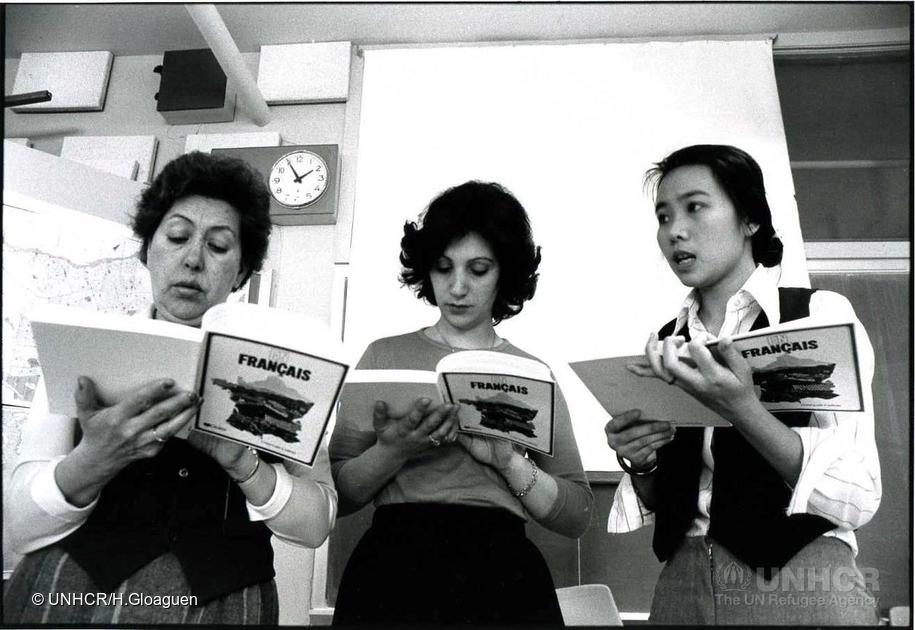Article
Literature in English: Teaching
In colonies, the literary tradition of the mother country normally prevails. This was true in Canada, where it has taken English-speaking Canadians a long time to accept their own literature as a legitimate subject for study.



